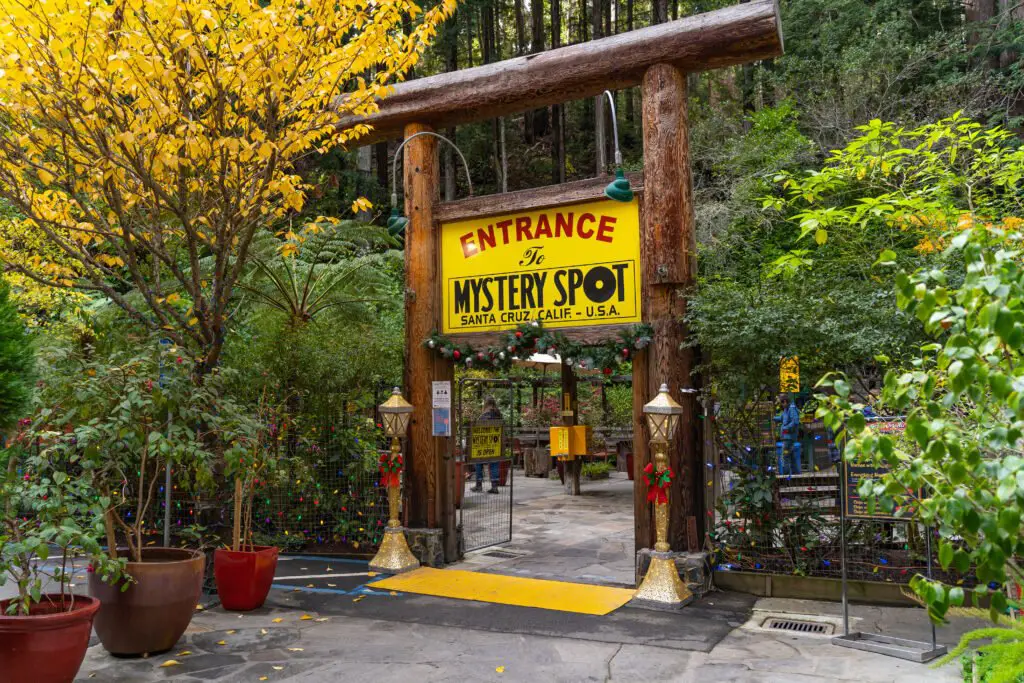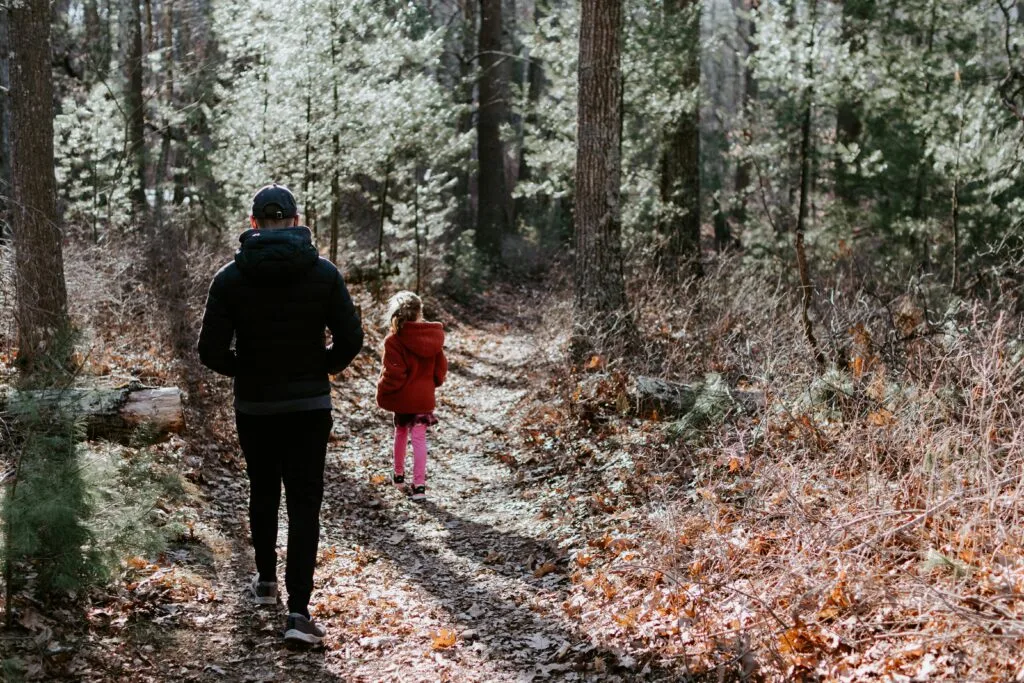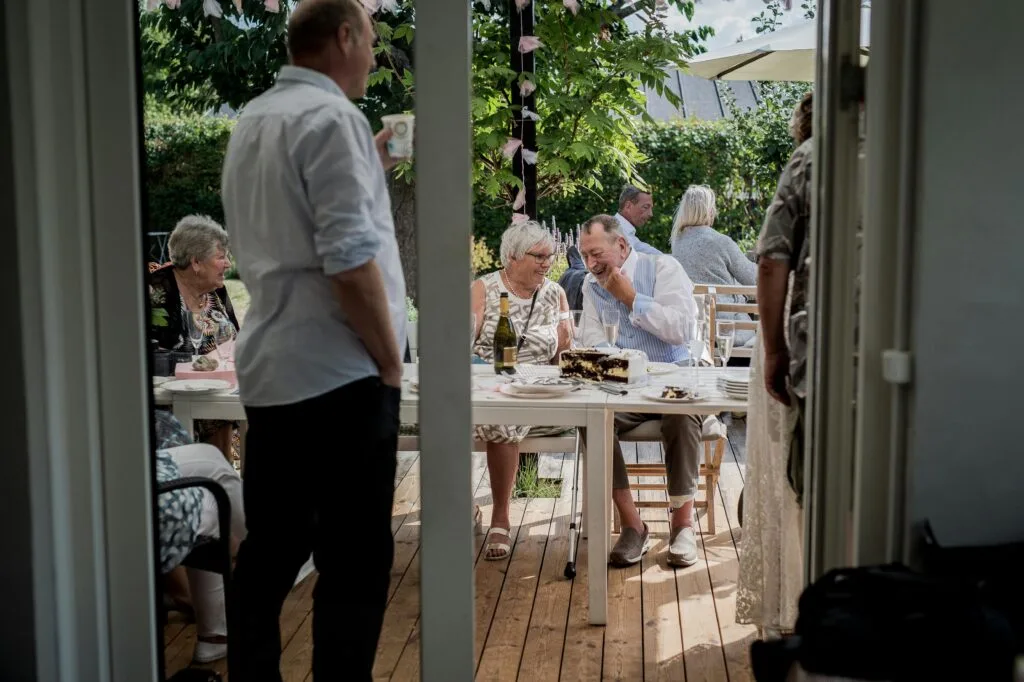1. Mystery Spot, Michigan
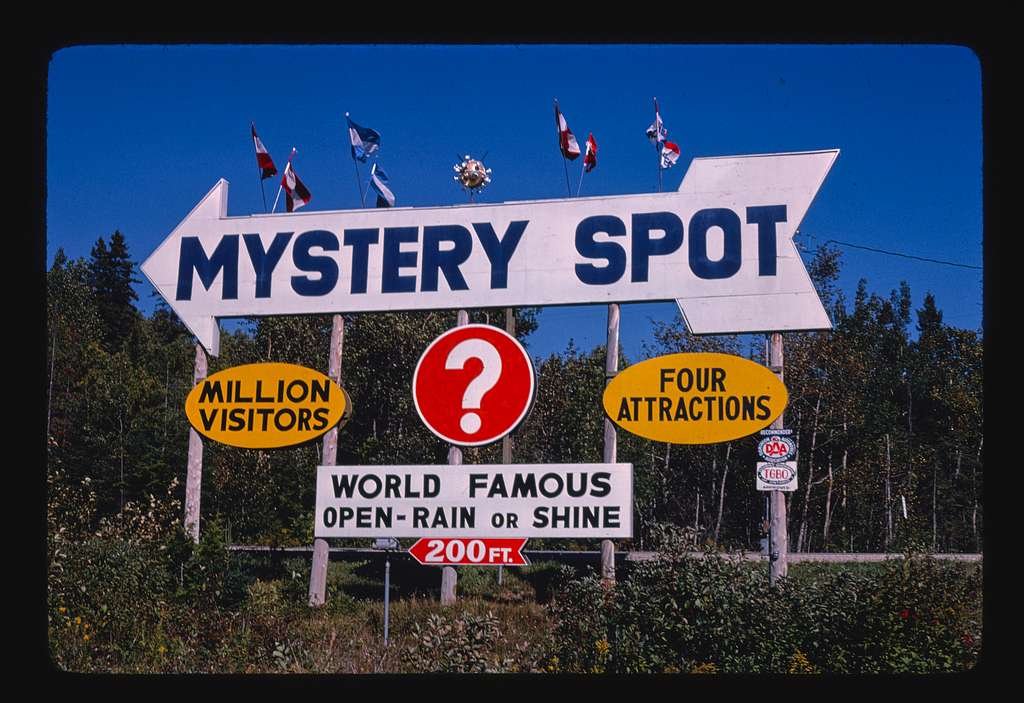
Back in the ’70s, this strange roadside attraction near St. Ignace drew families off the highway with promises of “gravity-defying fun.” People lined up to watch balls roll uphill and feel the world tilt beneath their feet. Kids loved it, and parents couldn’t quite figure out if it was an optical illusion or something more mysterious. For many Midwest families, it was a must-stop on the way to Mackinac Island.
Today, it’s still technically there, but it’s more of a nostalgic curiosity than a bustling destination. The once-packed parking lot now sits mostly empty except for the occasional campervan. It’s a time capsule of roadside Americana, complete with faded signage and hokey “physics experiments.” For those who grew up visiting, it’s a fun, if slightly eerie, blast from the past.
2. Cypress Gardens, Florida
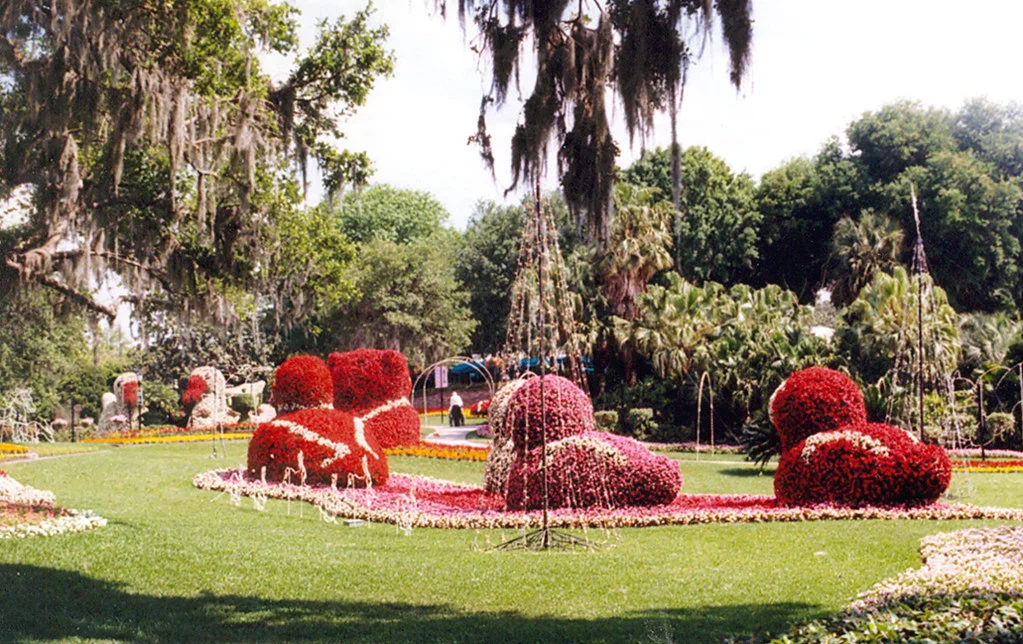
Before Disney and Universal dominated Florida tourism, Cypress Gardens was the crown jewel of family vacations. Its water-skiing shows, botanical gardens, and Southern belles in hoop skirts were iconic. Families posed by the glassy lake while skiers formed human pyramids in the distance. For a time, it was the Sunshine State’s biggest draw.
But as the ’80s rolled in, the theme park industry changed and Cypress Gardens couldn’t compete. It closed, reopened, and eventually got absorbed into Legoland Florida. While parts of the original gardens remain, the old-fashioned charm is gone. The air once filled with big band music and applause now hums with the sound of roller coasters.
3. Frontier Village, California
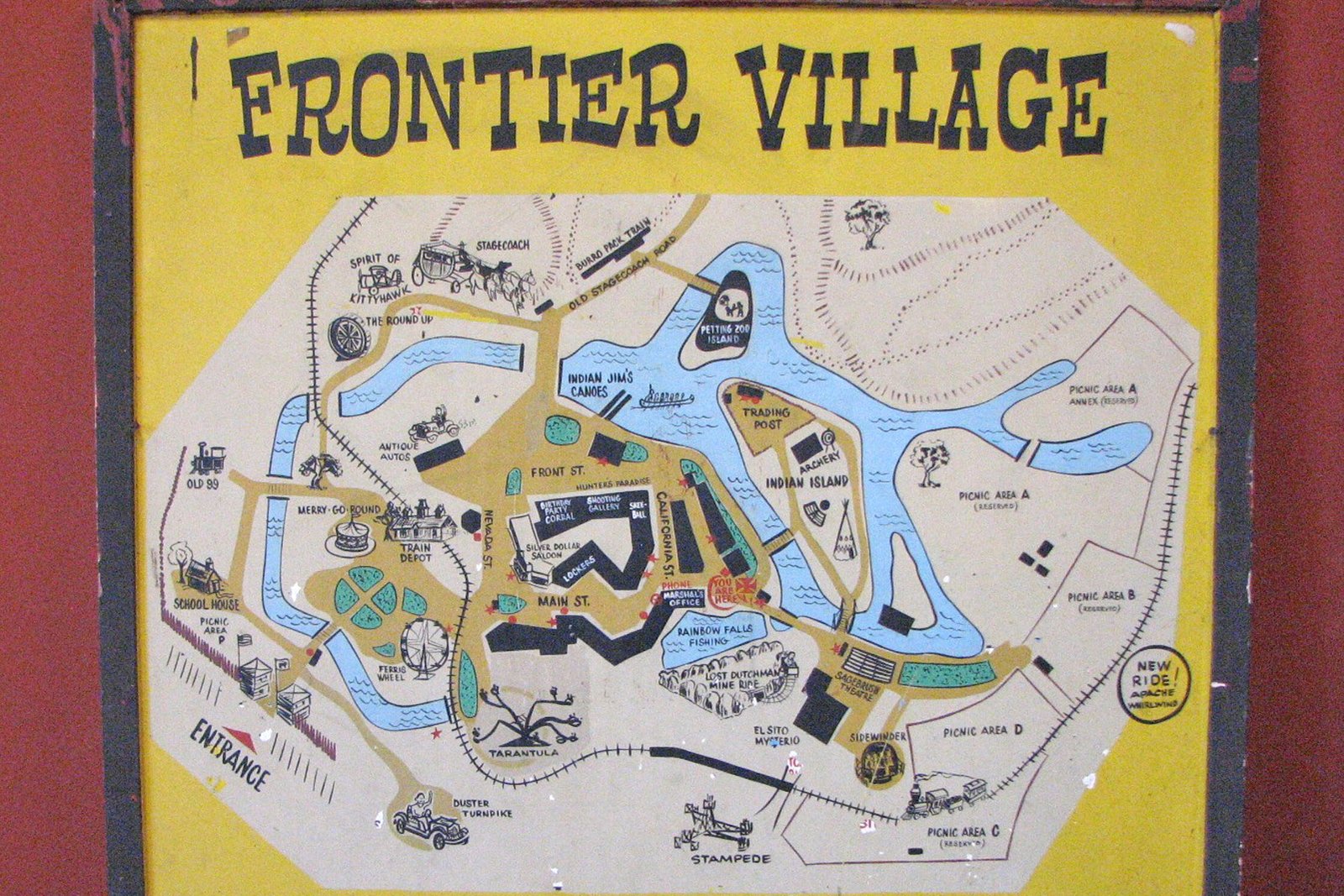
This Western-themed park in San Jose was a hit for families craving cowboy adventures without leaving the suburbs. Kids rode the “stagecoach,” watched gunfights, and panned for gold while parents relaxed with a root beer float. It was a simpler time, when small local parks still had heart.
By the end of the ’70s, though, the land was too valuable to remain a theme park. Frontier Village closed in 1980, replaced by housing developments. Fans still gather for reunions and share photos online, keeping its memory alive. For many Bay Area residents, it remains one of the sweetest childhood memories that can never be recreated.
4. Land of Oz, North Carolina
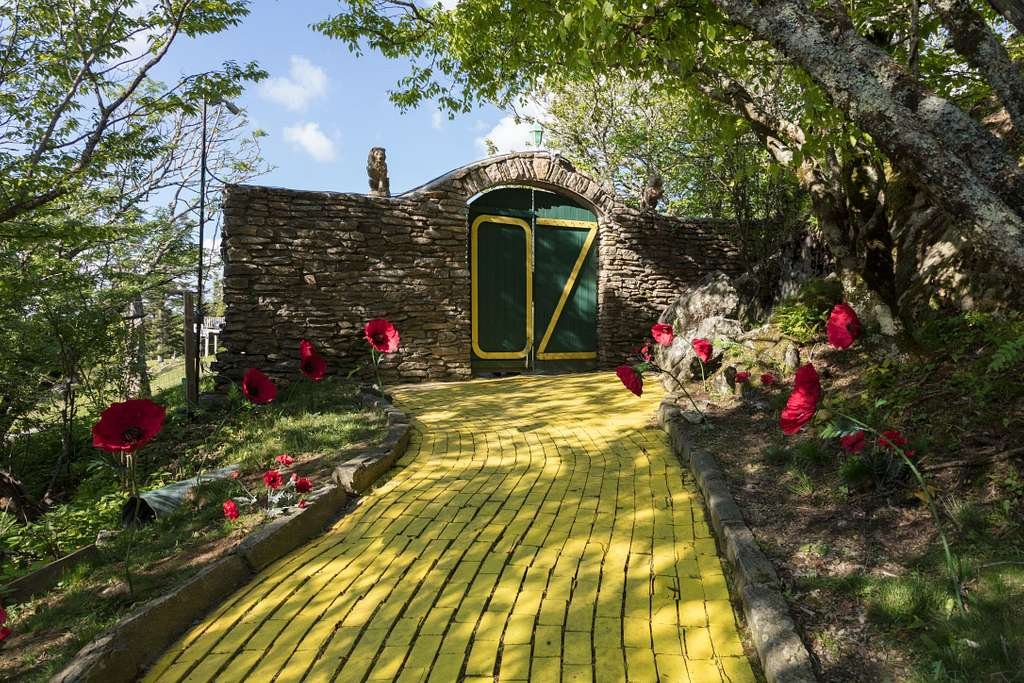
Perched high in the Blue Ridge Mountains, this Wizard of Oz theme park felt like stepping right onto the Yellow Brick Road. It opened in 1970 and quickly became one of the oddest and most imaginative attractions in the South. Visitors met Dorothy, the Scarecrow, and the Wicked Witch among emerald-green pathways.
Unfortunately, the magic didn’t last long. A fire, poor management, and declining attendance forced it to close by the decade’s end. Today, it opens just once a year for nostalgic fans during “Autumn at Oz.” The park’s faded charm and eerie emptiness make it one of the most haunting relics of the ’70s vacation era.
5. Ghost Town in the Sky, North Carolina
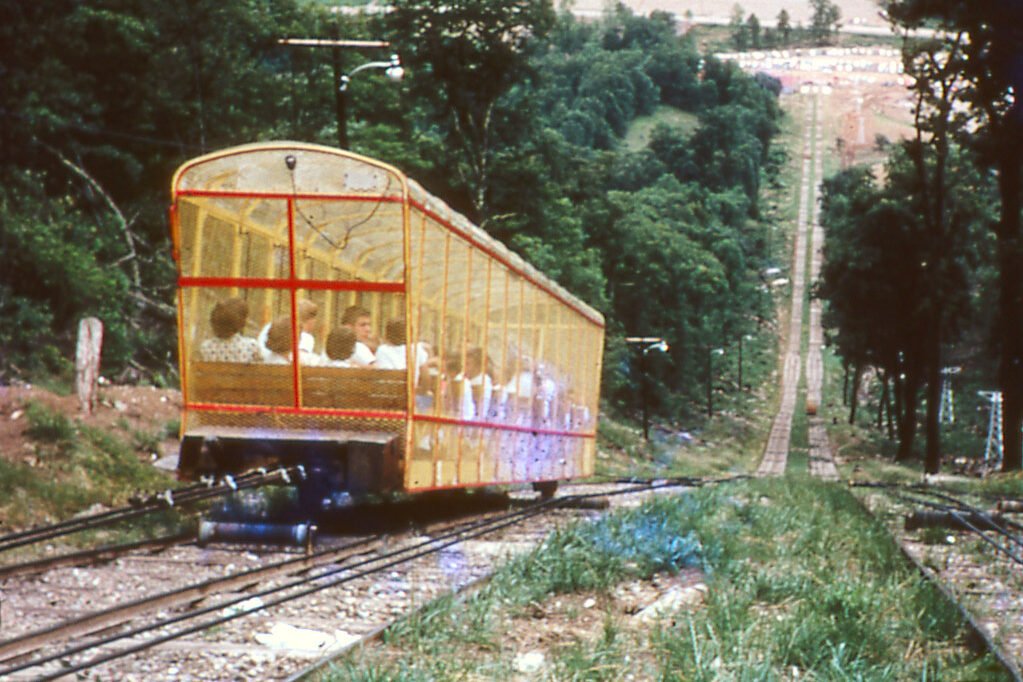
This mountaintop amusement park promised Wild West thrills at 4,600 feet above sea level. Families rode a chairlift up the mountain to a replica frontier town where outlaws and sheriffs dueled in the streets. It had everything from can-can dancers to staged bank robberies, and it felt like part Disneyland, part movie set.
But the remote location and rising maintenance costs spelled trouble. It shut down in the early ’80s, reopened a few times, and finally fell silent. The abandoned rides and weathered saloons still stand, occasionally visited by urban explorers. What was once a booming family getaway now feels like a ghost story in itself.
6. Dinosaur Land, Virginia

Before Jurassic Park ever roared onto screens, families were gawking at fiberglass dinosaurs in White Post, Virginia. Open since the ’60s, it hit its stride in the ’70s, when roadside kitsch was king. Kids posed inside T. rex jaws or next to a giant brontosaurus while parents bought postcards and snow globes.
Though it’s still open, it’s more of a nostalgic curiosity than a full-on vacation stop. The dinosaurs, faded and chipped, give off a wonderfully eerie vibe. It’s a throwback to the age of family road trips and simpler thrills. Those who visited decades ago often say it hasn’t changed a bit—and that’s part of its charm.
7. Marineland of the Pacific, California
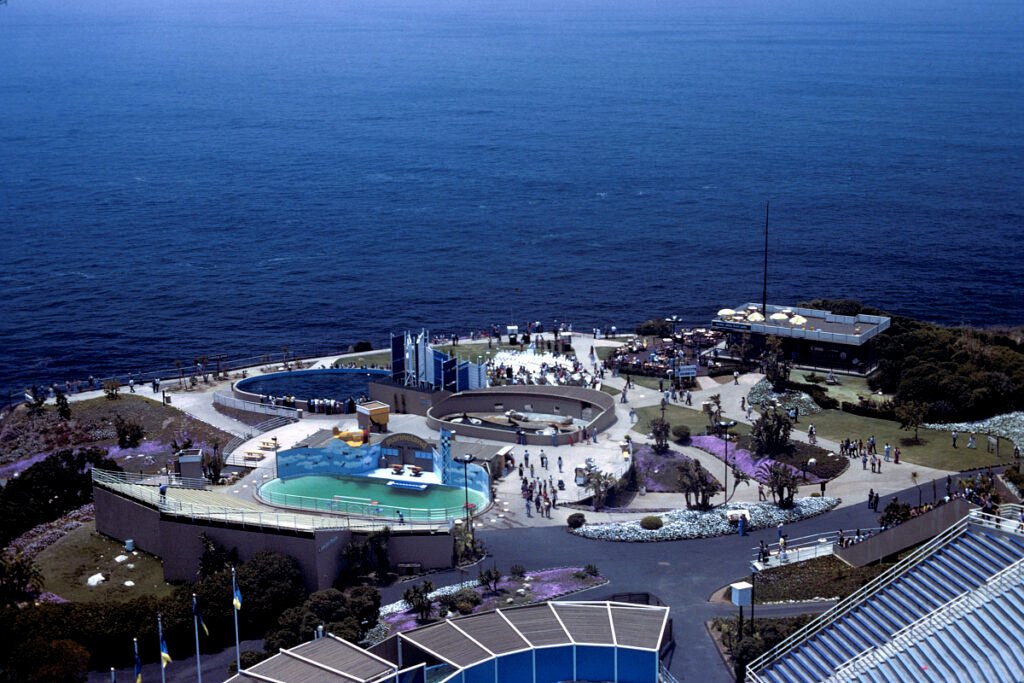
Perched on the cliffs of Palos Verdes, Marineland was once the West Coast’s answer to SeaWorld. Families packed the stands to watch killer whales leap against the Pacific backdrop. It was glamorous, sunny, and quintessentially Southern California. For many kids, it was their first time seeing dolphins up close.
Sadly, when SeaWorld San Diego opened, Marineland couldn’t compete. It shut down in 1987, and its animals were transferred to SeaWorld. The site became a hotel and resort, but locals still reminisce about the days of leaping orcas and salty ocean spray. It’s one of those classic California icons lost to time.
8. Enchanted Forest, Maryland

For East Coast families, Enchanted Forest was a fairytale come to life. Opened in 1955, it reached its peak in the ’70s with whimsical scenes straight out of storybooks—Cinderella’s castle, Humpty Dumpty’s wall, and the Old Woman’s Shoe. It was low-tech but full of wonder.
As big amusement parks rose to power, Enchanted Forest couldn’t keep up. It closed in the early ’90s, and many of its figurines were moved to a nearby shopping center called Enchanted Forest Towne Center. It’s an odd afterlife for a childhood fantasyland, but for those who grew up visiting, the nostalgia remains strong.
9. Freedomland U.S.A., New York

Billed as the “Disneyland of the East,” Freedomland U.S.A. was supposed to be the ultimate American history park. It opened in 1960 in the Bronx and offered rides through different eras, from the Old West to the Space Age. Kids could even “experience” the Great Chicago Fire.
But by the ’70s, it was gone, its failure overshadowed by the success of Disney World. The site became Co-op City, a massive housing complex. Few remember it now, but it was a daring idea ahead of its time. For a brief window, though, Freedomland captured the imagination of families who wanted fun with a side of history.
10. Storytown USA, New York
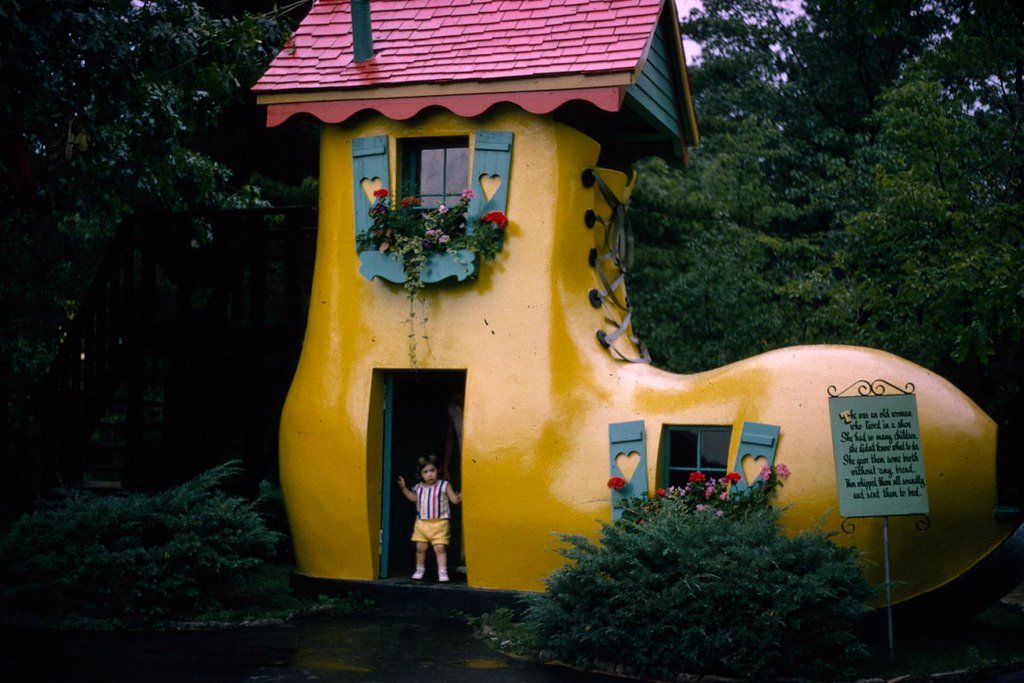
Before it became Great Escape, Storytown USA was a tiny fairytale park in Lake George. Families wandered through Mother Goose-themed cottages, rode gentle kiddie rides, and posed with costumed characters. It was wholesome, affordable fun—the kind of place where you could bring a picnic and stay all day.
By the late ’70s, the park began transforming into a full amusement park to stay competitive. The original storybook charm faded as roller coasters replaced cottages. It still operates today under a new name, but longtime fans miss the days when it felt like stepping into a nursery rhyme.
11. Miracle Strip Amusement Park, Florida
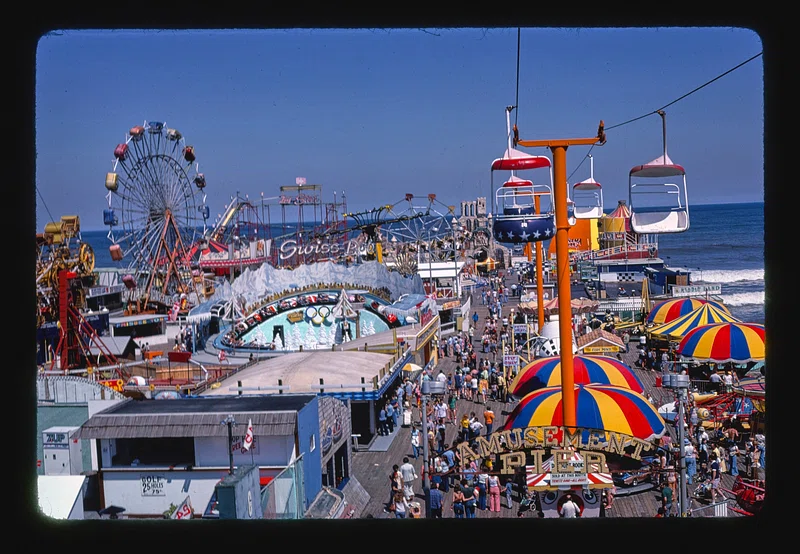
This Panama City Beach landmark was pure summer magic for Southern families. It had roller coasters, a Ferris wheel overlooking the Gulf, and the smell of sunscreen and cotton candy in the air. Vacationers flocked to it after long days on the beach.
But as tourism shifted toward high-end resorts, Miracle Strip faded. It closed in 2004, though pieces of it were briefly revived before being scrapped again. Today, all that’s left are memories and a few salvaged rides in nearby parks. For ’70s kids, it was the highlight of every beach vacation.
12. Dogpatch USA, Arkansas

Based on the Li’l Abner comic strip, Dogpatch USA was one of the strangest theme parks ever built. Nestled in the Ozarks, it recreated the fictional town with moonshine stills, hillbilly characters, and live animals. It was equal parts charming and bizarre.
By the late ’70s, attendance dwindled, and it eventually shut down in 1993. The property sat abandoned for years, covered in moss and graffiti. Recently, there have been talks of reviving it, but the glory days are long gone. For those who visited in its prime, it was weird in all the best ways.
13. Heritage USA, South Carolina
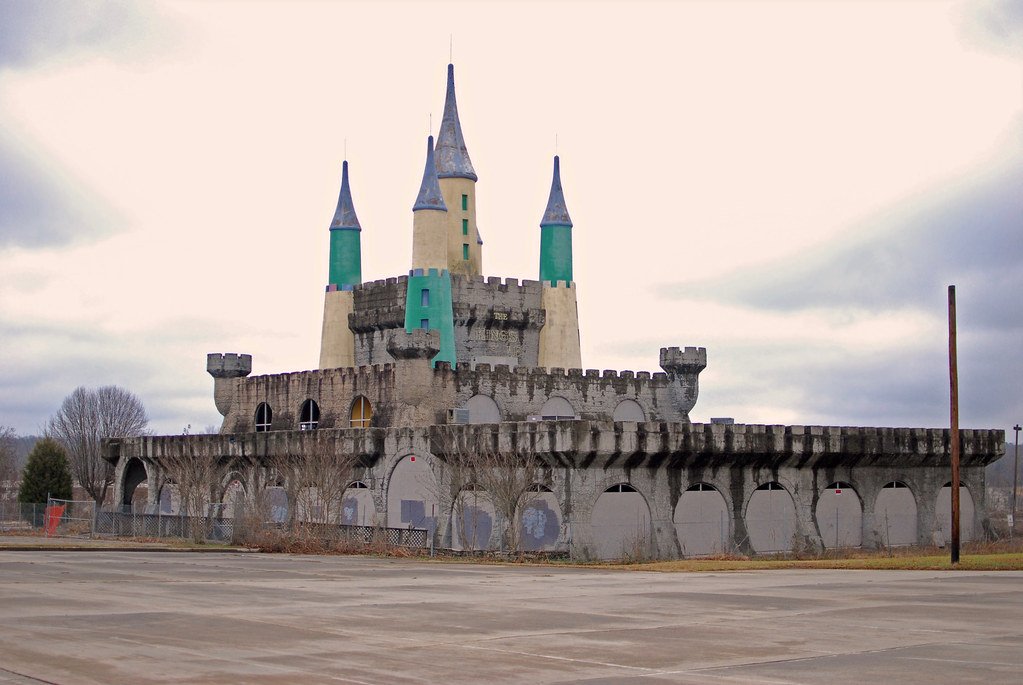
Created by televangelists Jim and Tammy Faye Bakker, Heritage USA was part theme park, part religious retreat. Families came for the water park, concerts, and the “Christian Disneyland” experience. It was a surreal mix of faith and fun that felt uniquely ’80s but had roots in the ’70s boom.
After scandals and financial collapse, the park closed in 1989. Today, remnants of it still exist, with a few structures repurposed. It’s a haunting reminder of the era’s televangelist excess. For many, it’s more of a curiosity now than a place of nostalgia.
14. Santa’s Village, Illinois
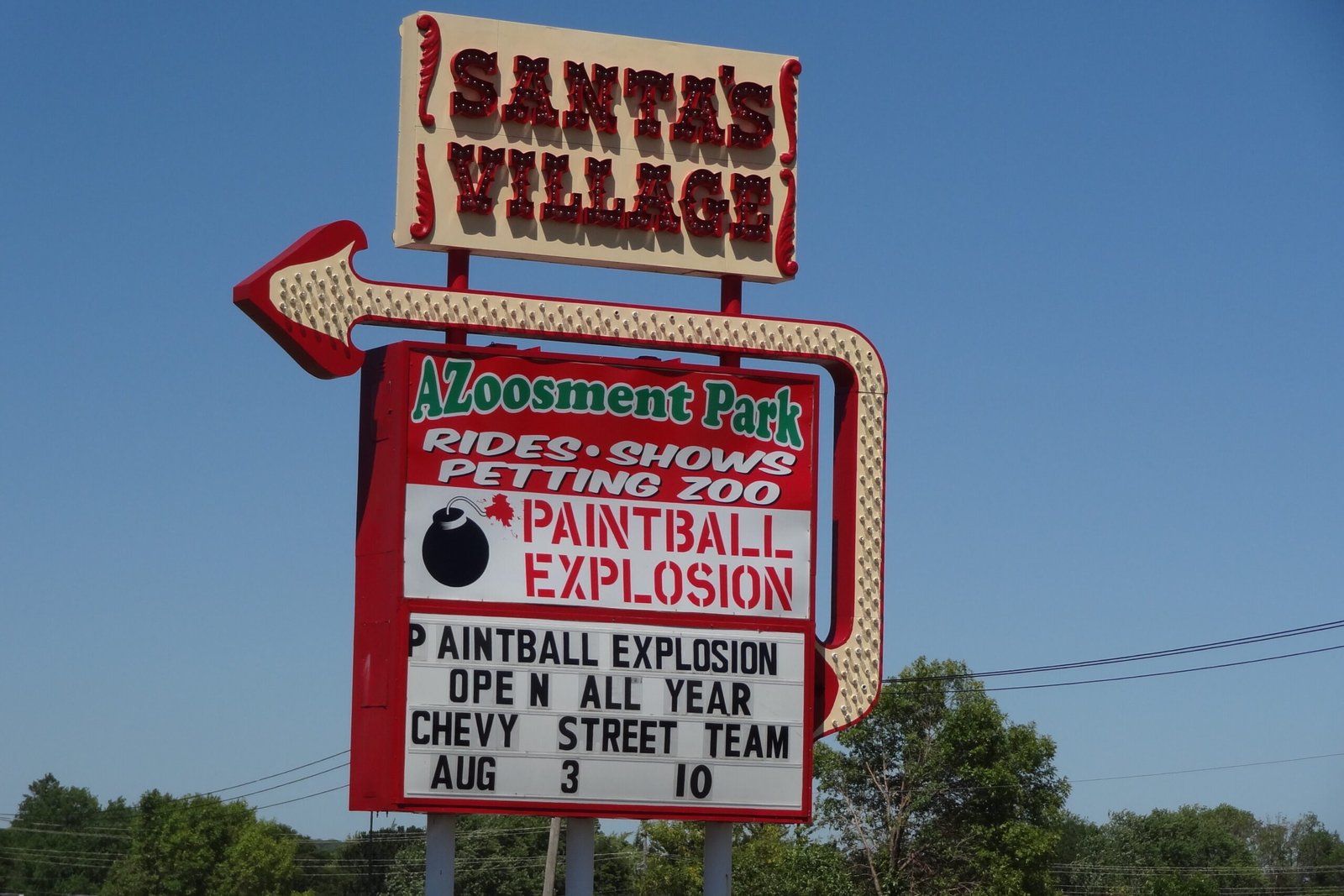
Before year-round Christmas attractions became common, Santa’s Village in Dundee, Illinois, was a Midwest holiday dreamland. Families could meet Santa, pet reindeer, and ride the Candy Cane Express even in July. It was delightfully kitschy and beloved by generations.
By the early 2000s, though, the park couldn’t sustain itself and closed. It was eventually revived in a smaller form, but the original spirit of the ’70s version—complete with mechanical elves and tinsel-covered rides—is gone. Still, those who remember it swear it was pure magic.
15. Marineland of Niagara Falls, Ontario

Just across the border, many American families made the trek to Marineland for a day of dolphin shows and marine exhibits. Its jingle, “Everyone loves Marineland,” became an earworm on both sides of the border. It was glitzy for its time, with orcas, seals, and roller coasters.
But in recent decades, controversy over animal welfare and declining attendance have cast a shadow over the park. It’s still open, though much quieter than it once was. For those who visited in the ’70s, it represents a different era of family entertainment—one filled with innocence, excitement, and roadside charm.

